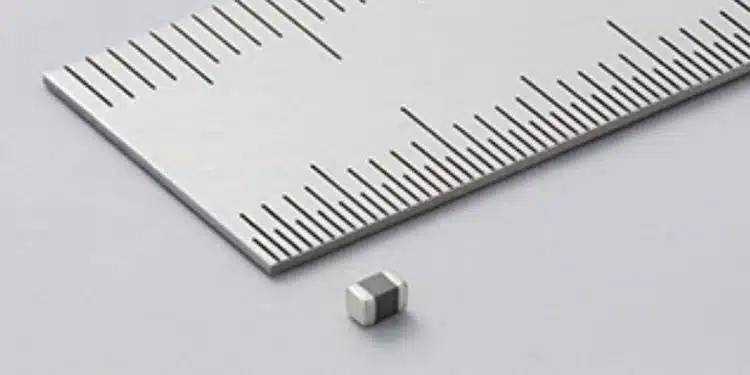Murata’s latest chip ferrite beads first to deliver high-current and high-frequency(1GHz) noise suppression in automotive systems.
Murata continues to lead the way in noise suppression technology with another exciting industry first. By leveraging advanced structural simulation techniques, the company’s new BLM21HE series of chip ferrite beads have the unique capability of providing vehicles with power line noise suppression solutions that exhibit high impedance at high frequency levels.
Even at 1GHz, members of the BLM21HE series will typically attain impedance values of 850Ω (in case of BLM21HE802***). This makes these components pivotal in addressing the signal integrity expectations of next generation vehicle designs – where high current power lines will be in close proximity to high-frequency communication-related functions. Among the places where these components will be deployed is in wireless battery management system (wBMS) infrastructure and vehicle-to-vehicle (V2X) communication systems.
Inclusion of wBMS and V2X functions means that noise suppression at higher frequencies is now becoming essential. Until now, noise suppression solutions suitable for deployment in high-current circuits have not been applicable in relation to sufficiently suppressing high-frequency noise. The BLM21HE series has a wide band from 100MHz to 1GHz and has high impedance – so it is possible to suppress high frequency noise in addition to conventional noise frequencies.
This will prevent high-current power lines that automotive OEMs are transitioning towards from impacting on vital data being transmitted. Furthermore, the low DC resistance values of these chip ferrite beads results in minimal power loss, thereby improving efficiency and meaning less thermal management is needed to dissipate any generated heat.
The BLM21HE series chip ferrite beads from Murata are available in versions that support operational temperatures between -55°C to +125°C and -55°C to +150°C. They are supplied in compact 0805 inch size (2.0mm ×1.25mm × 1.25mm).































